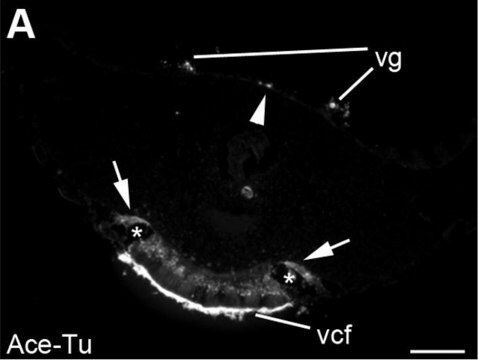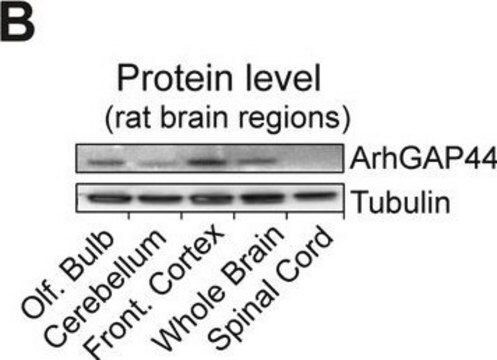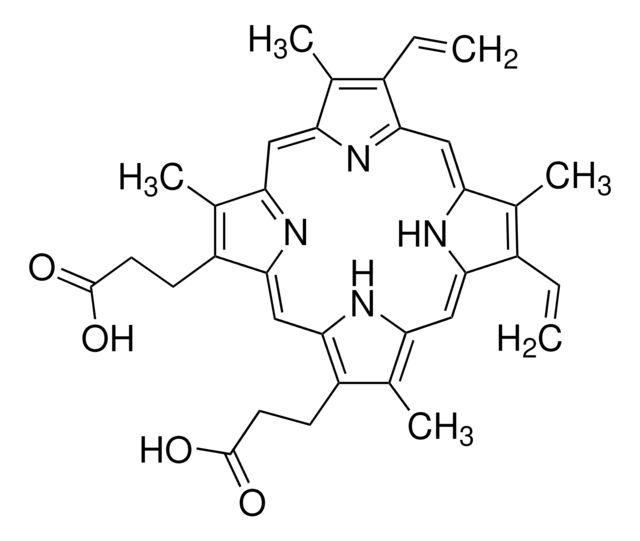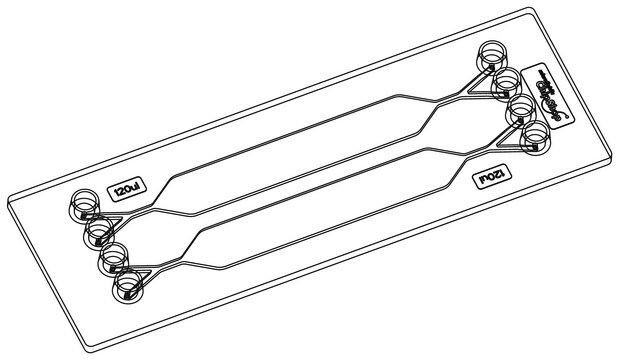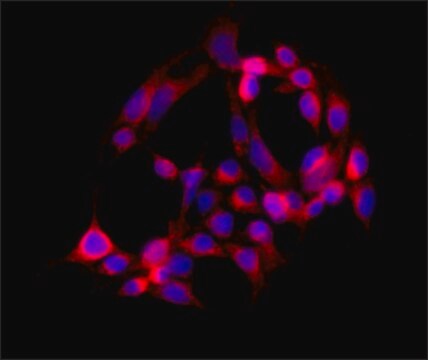AB3203
Anti-Tubulin Antibody, δ 2
Chemicon®, from rabbit
Synonim(y):
Anty-α-tubulina, Przeciwciało tubulinowe
About This Item
Polecane produkty
pochodzenie biologiczne
rabbit
Poziom jakości
forma przeciwciała
affinity purified immunoglobulin
rodzaj przeciwciała
primary antibodies
klon
polyclonal
oczyszczone przez
affinity chromatography
reaktywność gatunkowa
sea urchin, echinoderm, plant
spodziewany brak reakcji z
Saccharomyces cerevisiae
reaktywność gatunkowa (przewidywana na podstawie homologii)
mammals
producent / nazwa handlowa
Chemicon®
metody
immunocytochemistry: suitable
immunohistochemistry (formalin-fixed, paraffin-embedded sections): suitable
western blot: suitable
numer dostępu NCBI
numer dostępu UniProt
Warunki transportu
wet ice
docelowa modyfikacja potranslacyjna
unmodified
informacje o genach
human ... TUBD1(51174)
Opis ogólny
Specyficzność
SPECIES REACTIVITY:
Mammals, sea urchin, plants, not yeast (Lafanechere et al. 1994).
Immunogen
Zastosowanie
Cell Structure
Cytoskeleton
Immunohistochemistry and EM on either frozen or paraffin embedded, fixed tissue (Mialhe et al. 2001): 1:500
Optimal working dilutions must be determined by the end user.
Postać fizyczna
Przechowywanie i stabilność
Inne uwagi
Informacje prawne
Oświadczenie o zrzeczeniu się odpowiedzialności
Nie możesz znaleźć właściwego produktu?
Wypróbuj nasz Narzędzie selektora produktów.
Kod klasy składowania
12 - Non Combustible Liquids
Klasa zagrożenia wodnego (WGK)
WGK 2
Temperatura zapłonu (°F)
Not applicable
Temperatura zapłonu (°C)
Not applicable
Certyfikaty analizy (CoA)
Poszukaj Certyfikaty analizy (CoA), wpisując numer partii/serii produktów. Numery serii i partii można znaleźć na etykiecie produktu po słowach „seria” lub „partia”.
Masz już ten produkt?
Dokumenty związane z niedawno zakupionymi produktami zostały zamieszczone w Bibliotece dokumentów.
Nasz zespół naukowców ma doświadczenie we wszystkich obszarach badań, w tym w naukach przyrodniczych, materiałoznawstwie, syntezie chemicznej, chromatografii, analityce i wielu innych dziedzinach.
Skontaktuj się z zespołem ds. pomocy technicznej

